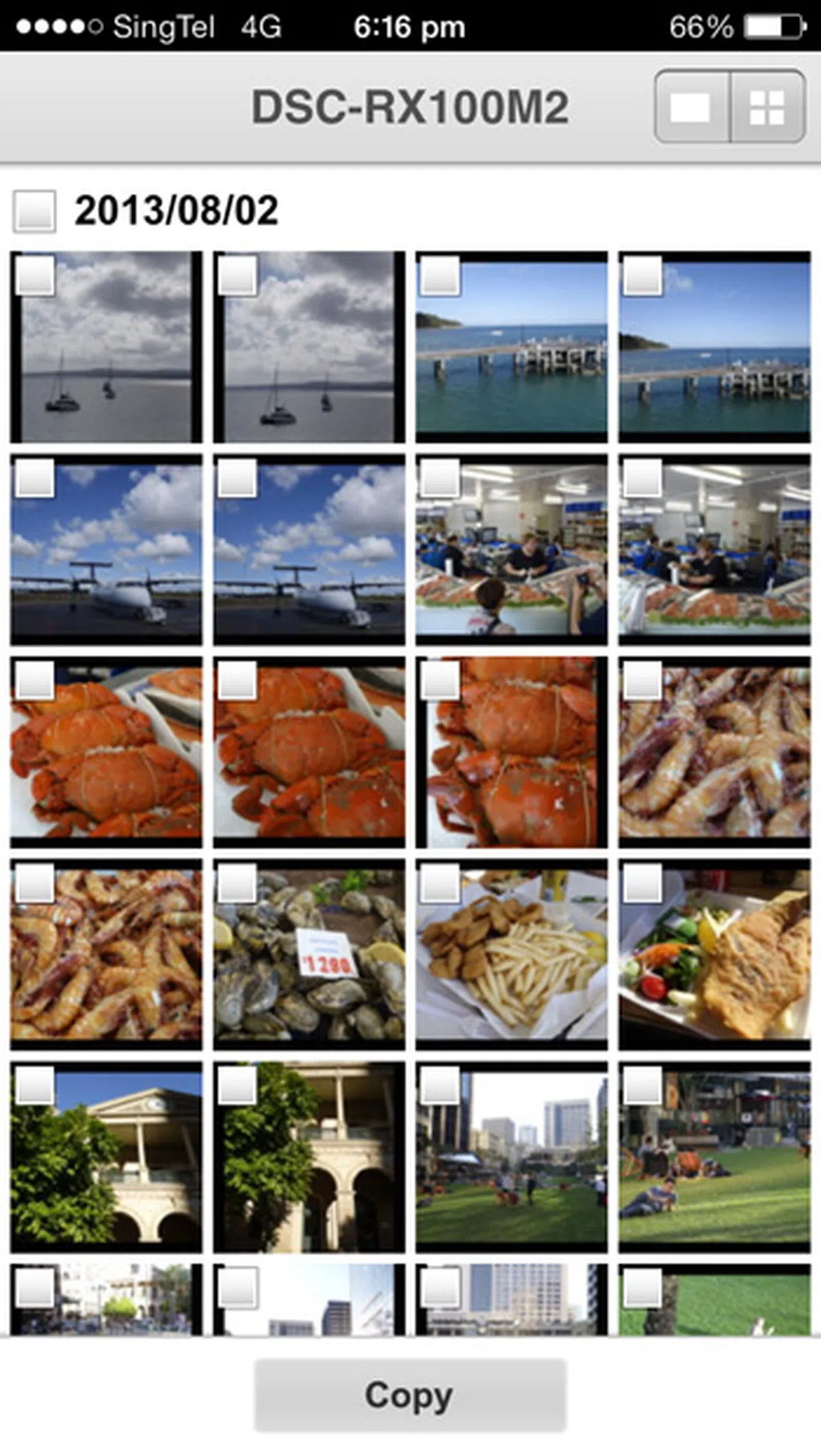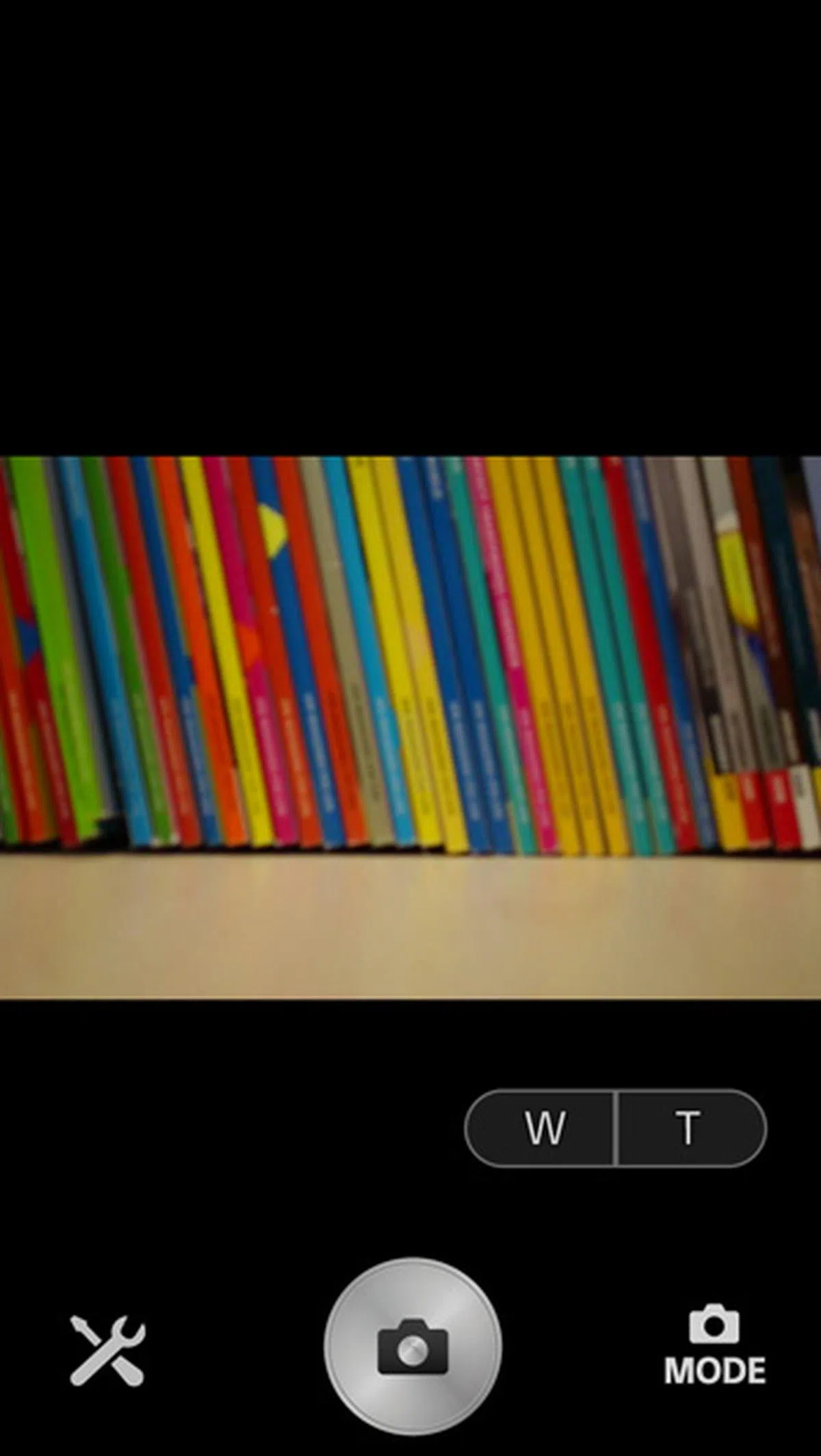Sony RX100 II Review - Size Does Matter
Sony's RX100 was the best compact camera of 2012 (and also the most expensive). Does the 2013 sequel top the original? Short answer: Yes! Is it worth paying top dollar for? Short answer: It's complicated! Click through for our review of the year's best compact to date.
By HardwareZone Team -

Introduction
Sony's RX100 was easily the best compact camera of 2012, and also the most expensive at an eye-watering S$999. 2013's sequel, the RX100 II, continues the tradition with impressive specs and the same eye-watering S$999. If you don't believe anyone should pay a dollar short of a thousand for a digital compact camera, you can stop reading now. If you're wondering if it's worth paying that much for and why, read on.
What made the RX100, and consequently the RX100 II, awesome? In the digital camera world, size does matter. Generally speaking, larger sensors make better pictures. Sony is a wizard at miniaturizing electronics, and they've managed to fit a large 1-inch image sensor into a small compact camera chassis with the two cameras. It's the biggest sensor ever squeezed into a compact camera, save for the chunky Canon PowerShot G1 X, which you could hardly call compact.
While the 20.2 megapixel count is identical, the RX100 II has a new back-illuminated sensor (BSI). Instead of having wiring on the front of the sensor, it reverses the sensor and has the back of the sensor facing the lens. This increases the sensor's ability to capture light, improving low-light performance.
Besides the new sensor, the RX100 II also introduces built-in Wi-Fi with NFC, a new multi-interface shoe and multi-terminal for accessories, a 3-inch tilting LCD with Sony's TriLuminos color display technology (similar to that used on their TVs), and Full-HD 24/25p movie shooting.
Design & Handling
Except for the 3-inch tilting LCD and the new shoe/terminal, nothing has changed with the RX100 II's design. Even with the new tilting LCD, the camera is mostly the same size and heft, having increased in width by a mere 2.4mm and 41g in weight. It's worth repeating again how compact the entire package is, considering there's a large 1-inch sensor inside. Both the flagship Panasonic LX7 and Samsung EX2F cameras are slightly bigger than the RX100 II, but pack smaller 1/1.7-inch sensors.

Even though the RX100 II has gained a tilting LCD, it's only increased a mere 2.4mm in width.
The RX100 II is designed for the experienced user, with both physical and digital controls within easy reach, offering a good range of customization. The control ring around the lens works like the control dial found on DSLR cameras, complementing the rear scroll wheel on the d-pad. The control ring's functions can be customized, so can the center, left and right buttons on the d-pad.

The control ring around the lens works like a DSLR camera's control dial, but it can also be customized to take over functions other than aperture and shutter speed control.
The clever Function button makes its return; it's found on the back on the top left of the d-pad. It can be customized to call up a number of commands like ISO, white balance and multi-focus area. This last one was important for us, as the RX100 II's AF could be inaccurate at times, with this command we could easily switch between Multi-area Focus and Flexible Spot for specific targeting. We could also switch to manual focus; because amazingly, this little camera comes with focus peaking. Battery life has slightly improved from 330 shots to 350 shots.

The customizable Fn (Function) button on the top left of the d-pad conveniently brings up a list of commonly used commands.
Another new feature is Wi-Fi with NFC, you can connect the RX100 II to an iOS or Android device using the Sony PlayMemories app. The camera makes a distinction between copying of photos and shooting remotely with a smart device, you have to choose either one option and re-enter the connection if you want to use the other. Copying photos over works well, but the options with remote shooting are basic. You can only zoom in and out, you can't define AF points or even make manual adjustments, even if the camera is set on PASM modes.
 |  |
The RX100 II's flat front makes for a slim profile, while a metallic finish adds an impressive sheen to the product. But it's straight and slippery surface makes for a dicey grip, making us think the camera could do with a front rubber grip like on the Panasonic LX7. The 1.2 million dots screen has gorgeous resolution, but it can dim too much sometimes while set to automatic brightness.

The flat front surface is attractive, but hard to get a firm grip on.
The Display screen shows either way too much info, or way too little, with no ability to customize. For some odd reason, Auto ISO can't be turned off while in Manual mode. We can't imagine this is a feature and hope it's simply a bug. Like the RX100, the RX100 II only comes bundled with a cable for in-camera battery charging. For S$119 more you can buy a dedicated wall battery charger - really? And to really nitpick, why doesn't the battery indicator show battery percentage, like the NEX cameras brilliantly do?

This is the complete Display screen. Way too much info without the ability to customize it.

This is our preferred Display screen, but it now misses the essential battery indicator.
But these are relatively small negatives when weighed against the big positives of the camera. The RX100 II packs a lot of power and functionality into a compact body, and Sony deserves top marks for it.

f/1.8 at 28mm, 1/30 sec, ISO 800.
Image Performance
Thanks to its large 1-inch image sensor, the RX100 II delivers image quality that is decidedly above your average compact. ISO performance is stellar for such a small camera; at ISO 800-1600 you'll spy only a slight softening of detail, and while detail loss is more apparent at ISO 3200 the entire picture manages to stay noise-free. We'd even reach up to a maximum of ISO 6400 with this camera, but will leave the muddy ISO 12,800 well alone.
When opened fully to f/1.8 at its widest (an approximate 30mm in 35mm equivalent), the Carl Zeiss lens can even manage to achieve a pleasing amount of background blur. Some however, might find the 3.6x optical zoom wanting. It's all the more perplexing why the lens doesn't zoom out further, given that the maximum aperture of f/4.9 at the furthest 108mm - while decent - isn't very fast. The Panasonic LX7, with 3.8x optical zoom, still has the best zoom to aperture ratio, with a lens that can open up to f/1.4 (wide) to f/2.7 (tele).
Take note though, the auto-focus can become confused from time to time. From locking on to the wrong subjects, to letting you pull the shutter before focus is achieved (unlike on a DSLR, you can't prioritize focus or release). More often than not, we'd have to shift AF from Multi-area mode to Flexible Spot in order to hit on the right target, and it sometimes made us wish that Sony had built touch-to-shoot on the display rather than making it tilt.
The following are sample photographs shot with the Sony RX100 II. The photos have not been post-processed, are saved in AdobeRGB, and are copyright to SPH Magazines. They are provided for your reference only and we ask that you do not reproduce them elsewhere. Click for full-resolution images.

f/4.5 at 28mm, 1/640 sec, ISO 160.

f/2.2 at 31mm, 1/40 sec, ISO 500.

f/1.8 at 28mm, 1/30 sec, ISO 1250.

f/1.8 at 28mm, 1/25 sec, ISO 3200.

f/4.9 at 100mm, 1/60 sec, ISO 3200.
Conclusion
With its fast lens, large sensor, small size and above-average image quality, is the Sony RX100 II worth its asking price of S$999? Well, cost is relative - if you want the best image quality possible from a small compact camera and don't mind paying top dollar, the RX100 II combines size and performance in a package that's hard to beat. Just know that you might have to shift the auto-focus spot manually from time to time (hey, if you're really adventurous, try manual focusing with the very useful focus peaking). While the tilting screen might not be a must-have, built-in Wi-Fi is definitely welcome in the day and age of instant sharing. And while we find 3.6x optical zoom to be just enough, if you're going to shoot wildlife you might be better off with a superzoom compact (provided that you don't mind the image quality difference when compared with the RX100 II).
But you should also know that there are some crazy deals to be had today in the world of cameras for less money. Sony is still selling last year's best compact camera, the RX100, at an officially discounted price of S$849 - which means you might be able to get it in the stores for less. Going one step down, the Panasonic Lumix LX7 remains our second-favorite high-performance compact camera; it was going at S$799 at launch a year ago, so you'll definitely be able to find it for less. Neither has built-in Wi-Fi, but the S$699 Samsung EX2F does.
If you want something with the same large sensor size and don't mind carrying something bigger, the Nikon 1 V1, Nikon's first generation mirrorless system camera, is now listed at a heavily discounted price of S$699 with the 10-30mm kit lens (about 3x optical zoom). That's nearly half-price off, and is a good deal for a camera with a 1-inch sensor, the mad ability to shoot at a rate of 60 frames per second and the one of the best AF systems in the market today. The entry level Nikon 1 J2 mirrorless camera is listed for even lower, at S$549 with the 10-30mm kit lens.
If you want something with a larger sensor and don't mind carrying something even bigger, the Panasonic Lumix GF6 mirrorless camera is going for a very low S$749 with the 14-42mm kit lens. That's another great deal for a camera with a larger sensor (which means better images), built-in Wi-Fi, a touch-screen and fantastic AF.

Our articles may contain affiliate links. If you buy through these links, we may earn a small commission.